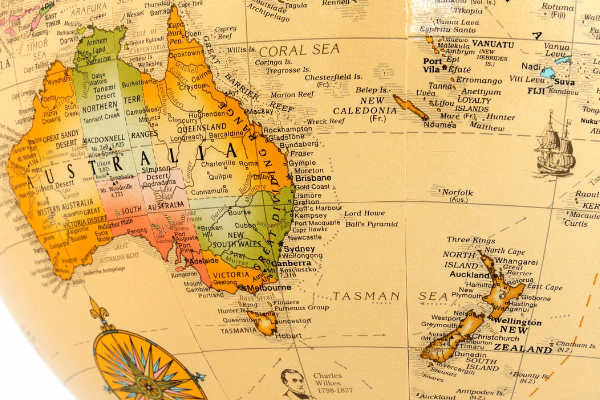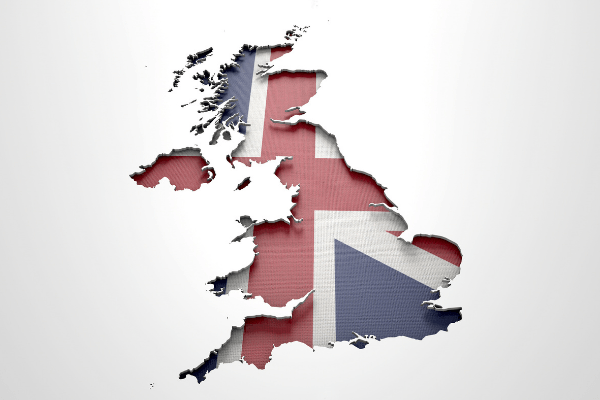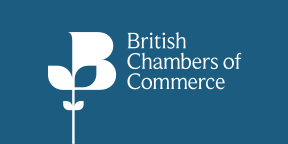This is an excellent question, because it acknowledges something that small businesses sometimes overlook, that pricing is a valuable strategic tool, and that we actually have some degree of choice in how we set our prices.
Determining strategy always has to be preceded by identifying objectives. We can’t decide how we’re going to do something until we know what it is we are trying to do, can we? And our decisions about pricing should always reflect what we are hoping to achieve.
Although it’s an unfashionable thing to say, and will probably be frowned upon by marketing professionals, I would always start by looking at my costs. There’s no point in developing new business at home or abroad unless it’s going to make me some money. At least, that’s how we operate! Costs can sometimes mount up in exporting, and it’s important to take care that we cover any additional costs in servicing export customers, so that we can be sure of the price level below which we should not go. Export sales potentially involve a number of costs that don’t really apply in our own country. These include freight (which also covers clearance, documentation and insurance), packaging, which is often quite different when delivering products abroad, cost of converting foreign payments to the home currency and the knock on cost of slower payments if applicable and the risk of currency fluctuations. Care needs to be taken on all of these aspects and more. Understanding how they affect our bottom line makes the difference between being successful exporters and busy fools.
So the ‘true’ cost of an export sale, including the lowest margin that is sensible to the business model, can be seen as the ‘bottom line’. We shouldn’t usually go any lower than this, although we may well go much higher. This is where the strategy comes in. The most obvious question when deciding pricing strategy is “what does everyone else do?” Taking a look at competitors’ prices should give an idea of what buyers expect to pay, and this should have a bearing on the price levels chosen. Unfortunately, this is not always as easy as it sounds. Even if competitors have been kind enough to publish their prices on their website or in a catalogue, these may not be the ‘true’ prices, just as the asking prices of houses or second-hand cars that we see in newspapers are not necessarily going to bear much relation to the ultimate selling price. In lots of sectors, exporters need to maintain a flexible approach to pricing, and trust their sales team or representatives to negotiate a sensible price.
If the strategy is to market the product as superior to alternatives, then it would be usual for the price to reflect that. Alternatively, if the strategy is to offer a low-cost alternative to the current offering, then the ultimate price will need to be sufficiently low to entice buyers. There are a number of recognised pricing strategies that an exporter can adopt, and a separate article from Tutor2u explains some of the most popular ones. Adopting the ‘right’ strategy requires a thorough understanding of the local market and a clear setting of objectives












